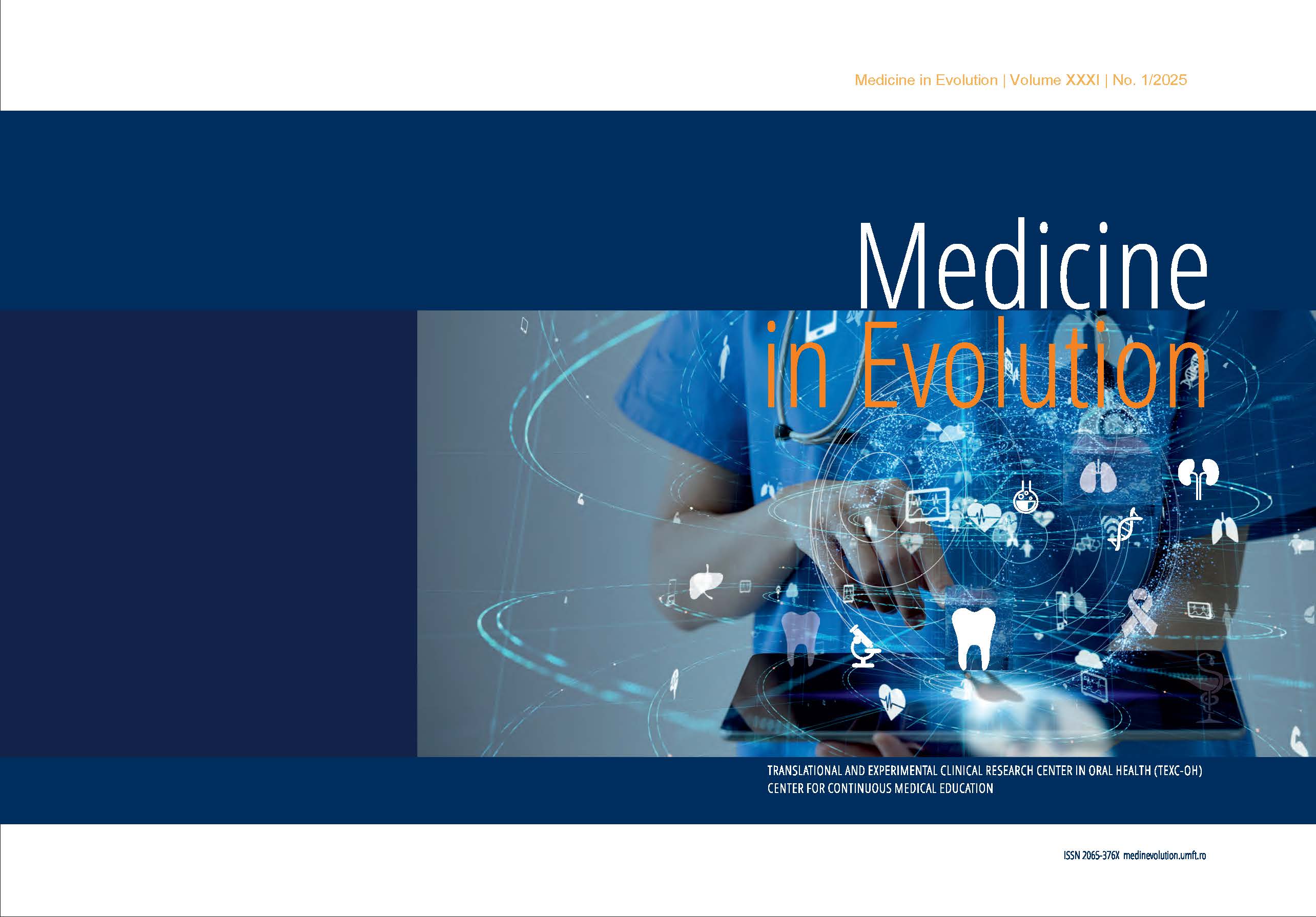Treatment of Post-Extraction Socket Using Autologous Dentin- A Case Report
Main Article Content
Abstract
Introduction:
The use of autologous dentin particles for augmenting the post-extraction socket and bone defects in the alveolar ridge promotes rapid healing of the bone defects and triggers a positive response from the covering soft tissue, leading to an immediate attraction of osteogenic and stabilizing cells. Dentin possesses various qualities that facilitate the creation of high-quality bone. Based on clinical results investigating ankylosed teeth, a dentin grinding machine has been developed, introducing a procedure in which freshly extracted teeth are ground into mineralized, autogenous dentin particles, free from bacteria, that can be used for immediate grafting. This process can be performed in a few minutes and is suitable for a range of clinical cases following extractions.
Aim of the Study:The aim of this study was to evaluate the outcomes of post-extraction socket augmentation using autologous dentin particles, a bone graft material that can be prepared in the dental office by the treating dentist along with the supporting medical staff, using the application of a new medical device, the Smart Dentin Grinder (KometaBio). Material and Methods: The study was conducted on a group of 11 patients (5 women and 6 men), aged between 24 and 55 years. Each patient presented with 1-2 non-restorable teeth, and the following treatment was applied: tooth extraction, preparation of autologous dentin particles for post-extraction socket augmentation using the Smart Dentin Grinder (KometaBio) method, immediate post-extraction augmentation, control radiographs at 3 weeks and 6 months post-intervention, followed by implant therapy on the alveolar ridge augmented with autologous particulate dentin. Bone level measurements were taken at each follow-up evaluation. Results and Discussions: Reevaluations conducted 6 months after post-extraction socket augmentation showed that both the height and width of the alveolar ridge were maintained at dimensions approximately equal to those observed 3 weeks after augmentation. Ankylosed bone tissue was observed on the surface of the augmented dentin, which helped to reconstruct the alveolar ridge, resulting in optimal width and height of the alveolar crest.
Conclusions: In conclusion, it has been demonstrated that autologous dentin particles used for post-extraction socket preservation can serve as an excellent alternative, successfully replacing autologous bone grafts. As highlighted above, they offer several advantages over other bone augmentation materials.
The use of autologous dentin particles for augmenting the post-extraction socket and bone defects in the alveolar ridge promotes rapid healing of the bone defects and triggers a positive response from the covering soft tissue, leading to an immediate attraction of osteogenic and stabilizing cells. Dentin possesses various qualities that facilitate the creation of high-quality bone. Based on clinical results investigating ankylosed teeth, a dentin grinding machine has been developed, introducing a procedure in which freshly extracted teeth are ground into mineralized, autogenous dentin particles, free from bacteria, that can be used for immediate grafting. This process can be performed in a few minutes and is suitable for a range of clinical cases following extractions.
Aim of the Study:The aim of this study was to evaluate the outcomes of post-extraction socket augmentation using autologous dentin particles, a bone graft material that can be prepared in the dental office by the treating dentist along with the supporting medical staff, using the application of a new medical device, the Smart Dentin Grinder (KometaBio). Material and Methods: The study was conducted on a group of 11 patients (5 women and 6 men), aged between 24 and 55 years. Each patient presented with 1-2 non-restorable teeth, and the following treatment was applied: tooth extraction, preparation of autologous dentin particles for post-extraction socket augmentation using the Smart Dentin Grinder (KometaBio) method, immediate post-extraction augmentation, control radiographs at 3 weeks and 6 months post-intervention, followed by implant therapy on the alveolar ridge augmented with autologous particulate dentin. Bone level measurements were taken at each follow-up evaluation. Results and Discussions: Reevaluations conducted 6 months after post-extraction socket augmentation showed that both the height and width of the alveolar ridge were maintained at dimensions approximately equal to those observed 3 weeks after augmentation. Ankylosed bone tissue was observed on the surface of the augmented dentin, which helped to reconstruct the alveolar ridge, resulting in optimal width and height of the alveolar crest.
Conclusions: In conclusion, it has been demonstrated that autologous dentin particles used for post-extraction socket preservation can serve as an excellent alternative, successfully replacing autologous bone grafts. As highlighted above, they offer several advantages over other bone augmentation materials.
Article Details
Section
Articles

This work is licensed under a Creative Commons Attribution 4.0 International License.
